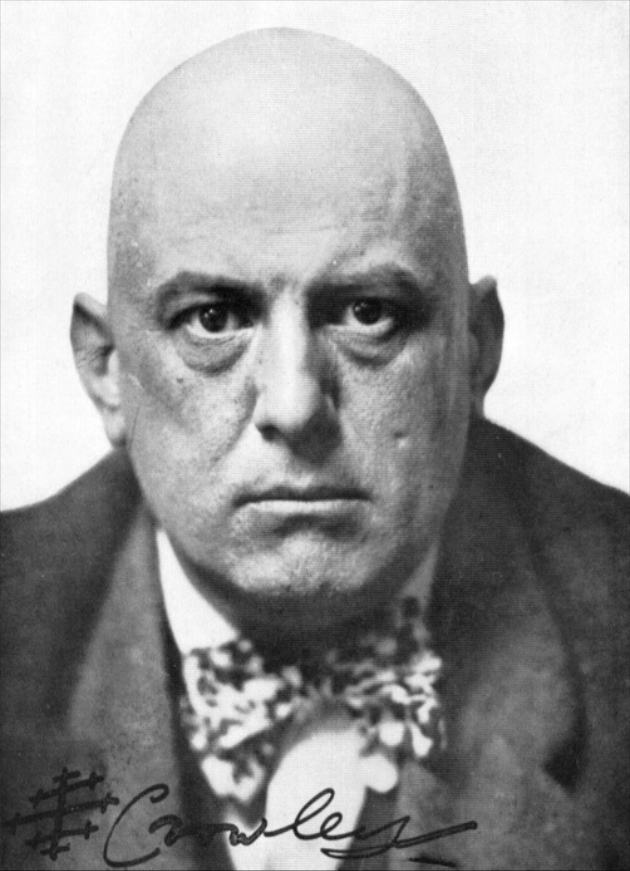Difference between revisions of "Template:Occult.live:Today's featured article"
Occultwiki (talk | contribs) |
Occultwiki (talk | contribs) |
||
| (6 intermediate revisions by the same user not shown) | |||
| Line 1: | Line 1: | ||
[[File: | [[File:Aleister Crowley.jpg|200px|left]] | ||
'''[[ | '''[[Aleister Crowley]]''' was an English [[occultist]], [[magician]], poet, painter, novelist, and mountaineer. He founded the religion of [[Thelema]], identifying himself as the [[prophet]] entrusted with guiding humanity into the Æon of [[Horus]] in the early 20th century. A prolific writer, he published widely over the course of his life. Crowley gained widespread notoriety during his lifetime, being a [[recreational drug]] user, bisexual, and an individualist social critic. | ||
Several Western esoteric traditions other than Thelema were also influenced by Crowley, with Djurdjevic observing that "Crowley's influence on twentieth-century and contemporary esotericism has been enormous". [[Gerald Gardner]], founder of [[Gardnerian Wicca]], made use of much of Crowley's published material when composing the Gardnerian ritual liturgy. [[L. Ron Hubbard]], the American founder of [[Scientology]], was involved in Thelema in the early 1940s (with [[Jack Parsons]]), and it has been argued that Crowley's ideas influenced some of Hubbard's work. | |||
'''([[ | '''([[Aleister Crowley|Full Article...]])''' | ||
Latest revision as of 16:20, 13 December 2025
Aleister Crowley was an English occultist, magician, poet, painter, novelist, and mountaineer. He founded the religion of Thelema, identifying himself as the prophet entrusted with guiding humanity into the Æon of Horus in the early 20th century. A prolific writer, he published widely over the course of his life. Crowley gained widespread notoriety during his lifetime, being a recreational drug user, bisexual, and an individualist social critic.
Several Western esoteric traditions other than Thelema were also influenced by Crowley, with Djurdjevic observing that "Crowley's influence on twentieth-century and contemporary esotericism has been enormous". Gerald Gardner, founder of Gardnerian Wicca, made use of much of Crowley's published material when composing the Gardnerian ritual liturgy. L. Ron Hubbard, the American founder of Scientology, was involved in Thelema in the early 1940s (with Jack Parsons), and it has been argued that Crowley's ideas influenced some of Hubbard's work.
